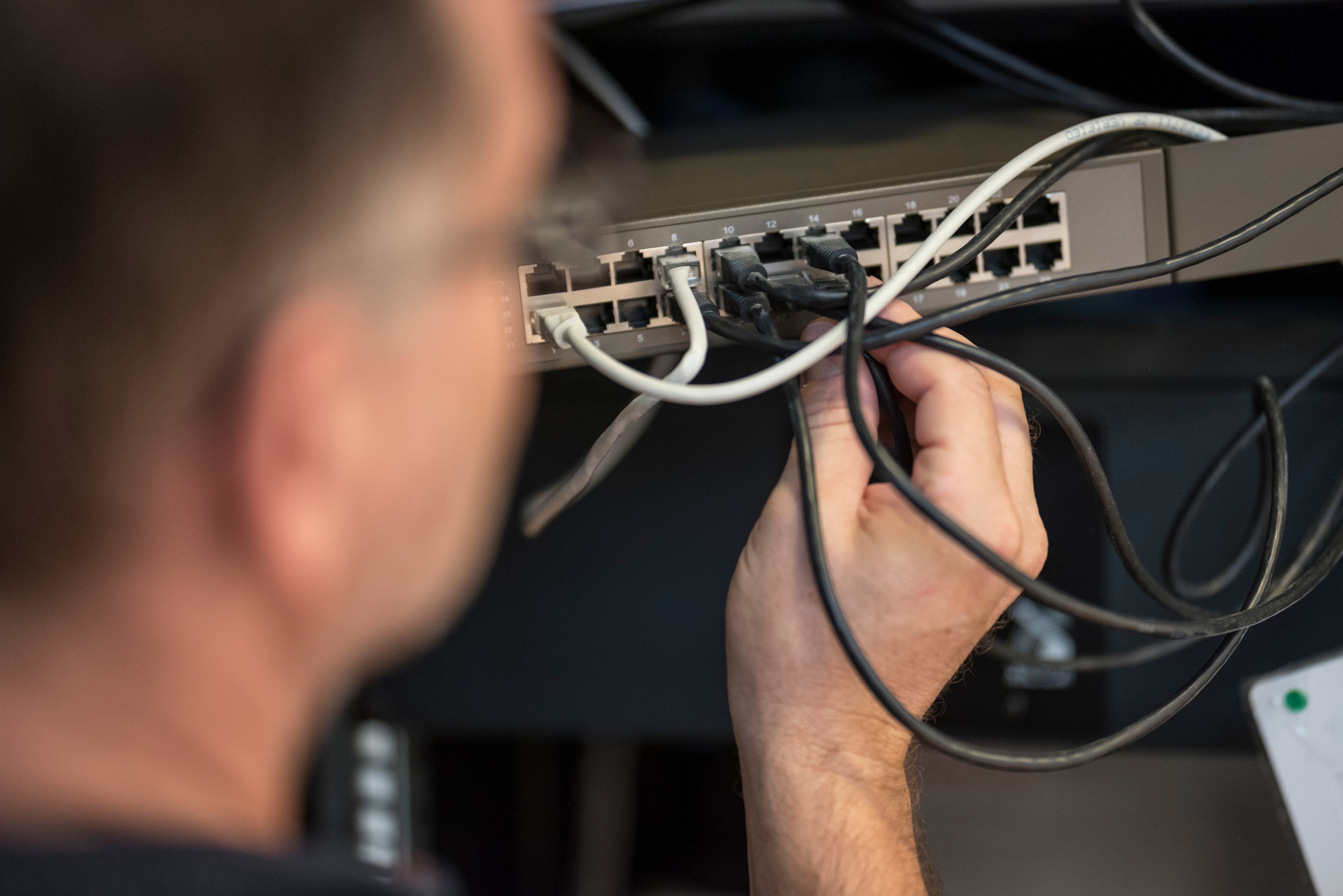
Image source: Nokia.
Nokia (NOK 0.15%) reported its fourth-quarter results before the market opened on Feb. 2. The company's networks business continued to decline, and another revenue slump is expected in 2017. The first Nokia-branded smartphone since the company sold its phone operations will appear this year, with its brand licensed to a third party. This could provide a small boost to revenue and profit, with Nokia receiving high-margin royalty income. Here's what investors need to know about Nokia's fourth-quarter results.
Nokia results: The raw numbers
|
Metric |
Q4 2016 |
Q4 2015 |
Year-Over-Year Growth |
|---|---|---|---|
|
Sales |
6.72 billion euros |
7.72 billion euros |
(13%) |
|
Profit |
676 million euros |
575 million euros |
17.6% |
|
Earnings per share |
0.12 euros |
0.15 euros |
(20%) |
All figures in non-IFRS (Non-International Financial Reporting Standards). Q4 2015 sales combine Nokia and Alcatel-Lucent results. Data source: Nokia.
What happened with Nokia this quarter?
- Nokia's networks business suffered a 14% year-over-year revenue decline on a comparable basis, with ultra-broadband networks revenue dropping 15% and IP networks and applications revenue slumping 12%.
- Networks gross margin rose 50 basis points to 40.6%, while operating margin dropped 140 basis points to 14.1%.
- Nokia Technologies sales dropped 25% year over year on a comparable basis, with the bulk of the decline due to the absence of non-recurring adjustments from settled arbitration that boosted results during the fourth quarter of 2015.
- HMD Global Oy began operations as Nokia's exclusive brand licensee for mobile phones and tablets. The first products should arrive during the first half of 2017, with Nokia getting a royalty payment for each sale.
- Nokia sued Apple in December, alleging that the iPhone maker infringed on its patents.
Nokia provided the following pieces of guidance for investors:
- Annual cost savings of 1.2 billion euros will be achieved from its merger with Alcatel-Lucent, unchanged from previous guidance. Higher-than-anticipated cost savings in 2016 are balanced out by lower expectations for 2017.
- A decline is expected in the networks business in 2017 at the same rate as the addressable market, as well as an 8%-10% operating margin for the segment.
- No guidance for Nokia Technologies due to risks and uncertainties related to the timing and value of significant licensing deals.
What management had to say
CEO Rajeev Suri talked up the company's progress in cross-selling by saying:
Pleasingly, we saw growing customer support for Nokia's strategy. Our sales pipeline with customers beyond our traditional communication service provider base accelerated over the course of the year, we saw an increasing share of our Networks pipeline coming from opportunities covering products and services from two or more of our business groups, and the potential of cross-selling started to become a reality.
Despite weak sales in 2016, Suri sees a brighter tomorrow:
While I remain disappointed with our topline development in 2016, we continue to expect our performance to improve in 2017 and see the potential for margin expansion in 2017 and beyond, as market conditions improve and our sales transformation programs gain further traction.
Looking forward
Nokia's total cost savings target remains unchanged, but the company has gotten a bit more optimistic about its networks profitability in 2017. Previous guidance called for an operating margin between 7% and 9%, while new guidance bumped that range up by a percentage point. Revenue is still expected to fall, and there's no telling when this trend will reverse. But a boost to margins should help the bottom line hold up a bit better.






